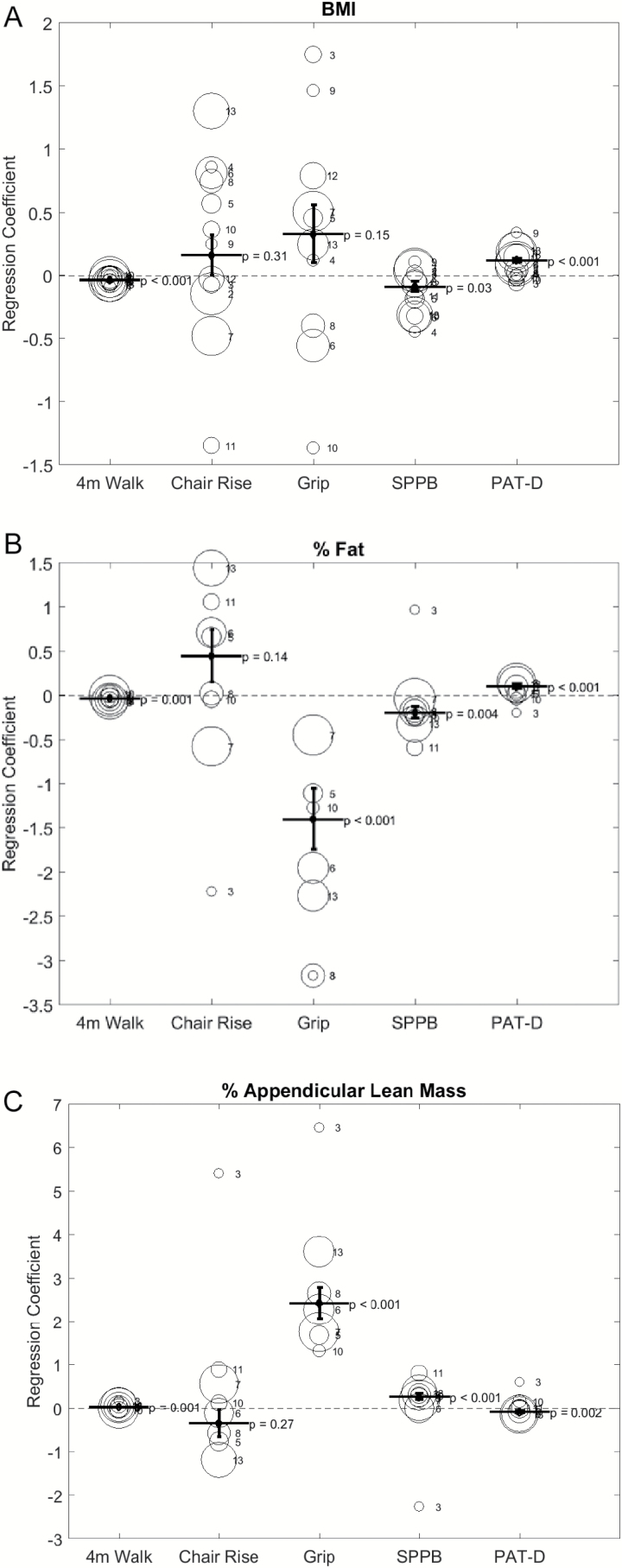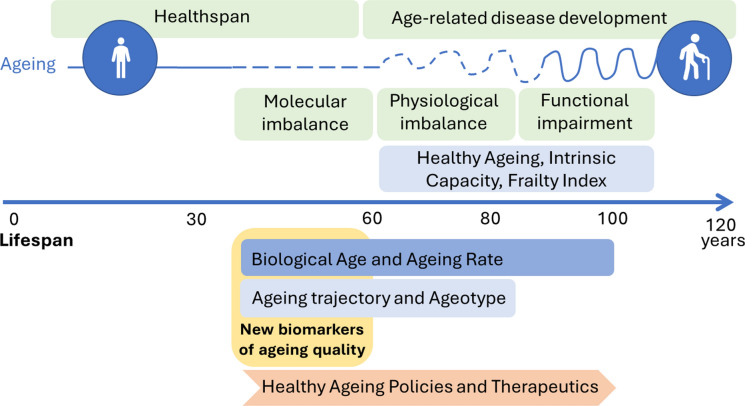Introduction
Understanding body composition is essential for assessing health in aging populations, especially when evaluating changes in muscle mass, fat distribution, and bone density. In clinical and community settings, two primary tools are widely used: Dual-Energy X-ray Absorptiometry (DEXA) and Bioelectrical Impedance Analysis (BIA). DEXA is recognized as a gold standard for its precision and comprehensive analysis, while BIA offers a more accessible, cost-effective alternative despite its limitations. This report synthesizes key passages from various sources to compare accuracy, cost, radiation exposure, and accessibility for making informed decisions in clinical practice and for consumers[4][7].
Accuracy Comparison
DEXA scans use two low-dose X-ray beams to directly measure bone mineral density, fat mass, and lean mass, offering highly accurate data that is largely unaffected by external factors such as hydration, recent food intake, or skin temperature[4]. In contrast, BIA devices estimate body composition by measuring the resistance to an electrical current, but their accuracy can vary significantly due to factors like hydration status, electrode placement, and population-specific variables[1]. Studies have shown that while certain advanced BIA devices can correlate well with DEXA for measures such as fat mass in specific populations, the overall concordance—especially for parameters like fat-free mass—remains moderate[2]. Additionally, some investigations in particular groups (e.g., Hispanic diabetics) reveal that BIA may overestimate or underestimate body composition measures when compared to DEXA, suggesting that DEXA remains the preferred method for precise body composition analysis in aging individuals[3].
Cost Considerations
Cost is a prominent factor when choosing between DEXA and BIA. BIA devices are significantly less expensive, portable, and easier to operate, making them a popular choice in community health settings and for repeated monitoring over time[7]. On the other hand, DEXA requires specialized equipment that is usually located in hospital or specialized imaging centers, which results in higher costs for both the facility and the patient. However, despite the increased cost, DEXA provides a level of detail and accuracy that is critical for diagnosing conditions like osteoporosis and for tailoring individualized health interventions based on precise body composition data[4].
Radiation Exposure
Radiation exposure is a common concern, especially when monitoring disease progression or evaluating changes in body composition over time. DEXA scans involve low-dose ionizing radiation, typically less than 10 microSieverts, which falls within safe limits for diagnostic procedures and is justified by the clinical benefits provided by the detailed measurements[5]. In contrast, BIA methods do not involve any radiation risk, which is an advantage for repeated measurements; however, the trade-off remains the lower accuracy and sensitivity to internal and external variations in parameters such as hydration[1].
Accessibility and Practical Considerations

When considering accessibility and practical usage, BIA devices have the advantage of portability and ease of use. They can be easily employed in a range of settings—from clinics to gyms and community centers—making them a valuable tool for routine screening and monitoring in aging populations[1]. DEXA, while more accurate, is typically confined to specialized imaging centers due to the need for dedicated machinery and trained technicians. For clinicians who require in-depth analysis of body composition, including regional distribution of fat (such as visceral fat) and measurements for bone density, DEXA provides detailed insights that are critical for diagnosing conditions and planning personalized interventions[4]. Thus, while BIA is beneficial for its accessibility and lower cost, its results may be influenced by factors like hydration and electrode placement, making it less ideal for clinical decisions that require high precision[7].
Decision Flowchart for Clinicians and Consumers
To assist clinicians and consumers in choosing the appropriate method for body composition assessment in aging populations, the following decision flowchart is provided:
-
Define the clinical or personal objectives:
- If the purpose is to obtain detailed and precise measurements including bone density, visceral fat, and muscle mass distribution, proceed with DEXA.[4].
- If the goal is a quick screening or routine monitoring with limited resources, BIA is an acceptable alternative, keeping in mind its sensitivity to changes in hydration and environmental factors[7]. -
Evaluate cost and resource availability:
- Consider DEXA when the budget allows for more expensive, specialized testing, especially when precise longitudinal data is needed.
- Opt for BIA in settings with lower financial constraints or where rapid, repeated measurements are required[1]. -
Consider radiation exposure:
- DEXA uses low-dose radiation, which is generally safe and justified for the detailed assessment it offers; however, for patients requiring very frequent assessments or for vulnerable groups, this factor should be considered[5].
- BIA does not involve radiation and is therefore preferable when radiation avoidance is a priority. -
Assess accessibility and operational needs:
- If the patient or facility can access specialized imaging centers, DEXA is recommended.
- When portability and ease of use are paramount, such as in primary care or remote settings, BIA is more practical.
This flowchart guides decision-making by clearly balancing the trade-offs between accuracy, cost, radiation, and accessibility, ensuring that clinicians and consumers select the method best suited to their specific needs.
Conclusion
In summary, DEXA and BIA each have distinct advantages and limitations for assessing body composition in aging populations. DEXA offers unparalleled accuracy by directly measuring fat, muscle, and bone density through low-dose X-rays and is indispensable for detailed clinical assessments and for conditions such as osteoporosis. However, its higher cost and limited accessibility may restrict its widespread use in routine screening. Conversely, BIA provides an affordable, portable, and radiation-free alternative that is well-suited for community-based monitoring, although its accuracy can be affected by methodological variables such as hydration and electrode positioning. Ultimately, the choice between these tools should be guided by the specific clinical or consumer needs, resource availability, and the required precision of the measurements. This integrated analysis supports informed decision-making by balancing high-precision requirements with practical considerations tailored for aging populations[8].
Get more accurate answers with Super Pandi, upload files, personalized discovery feed, save searches and contribute to the PandiPedia.
Let's look at alternatives:
- Modify the query.
- Start a new thread.
- Remove sources (if manually added).







